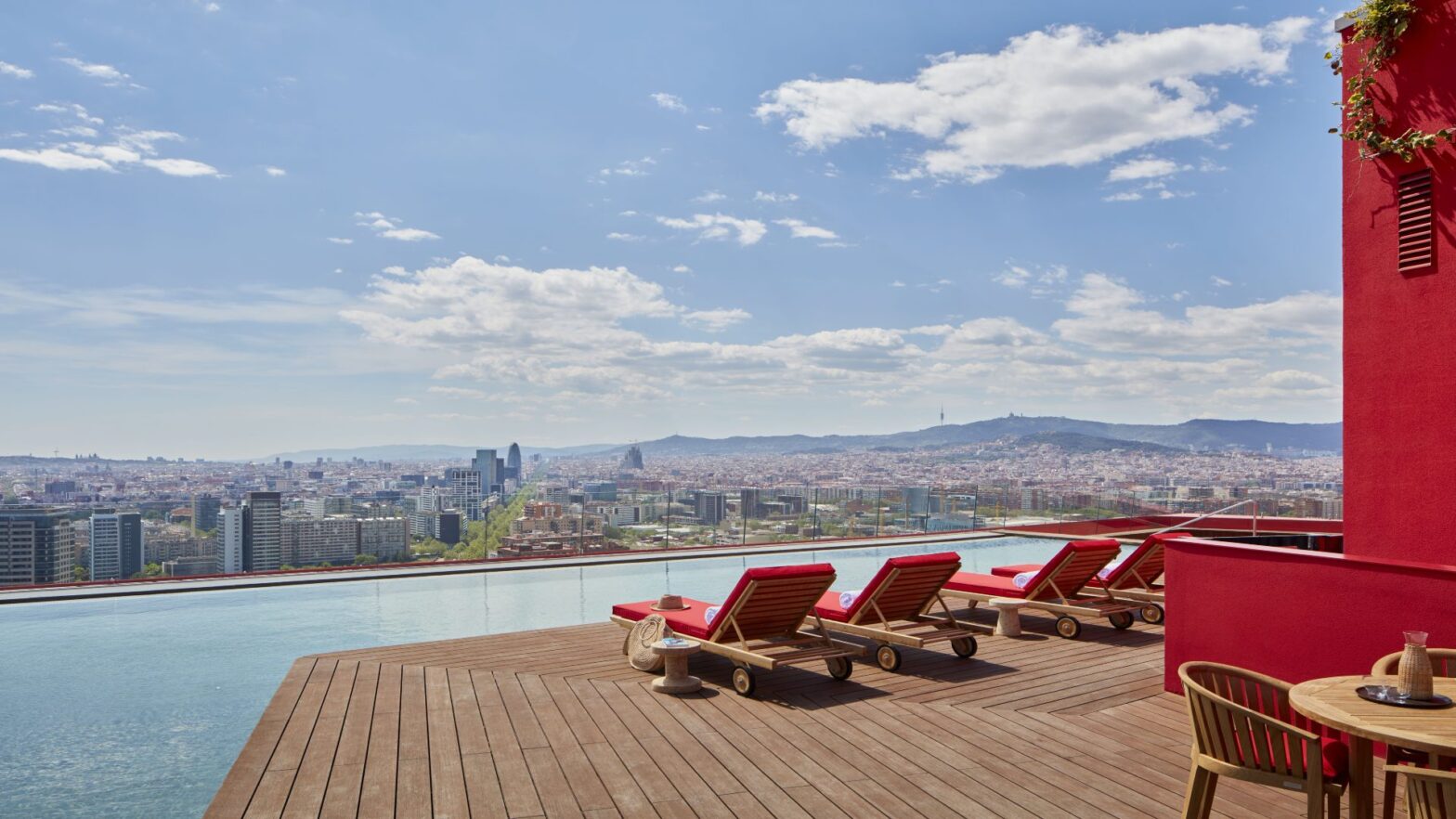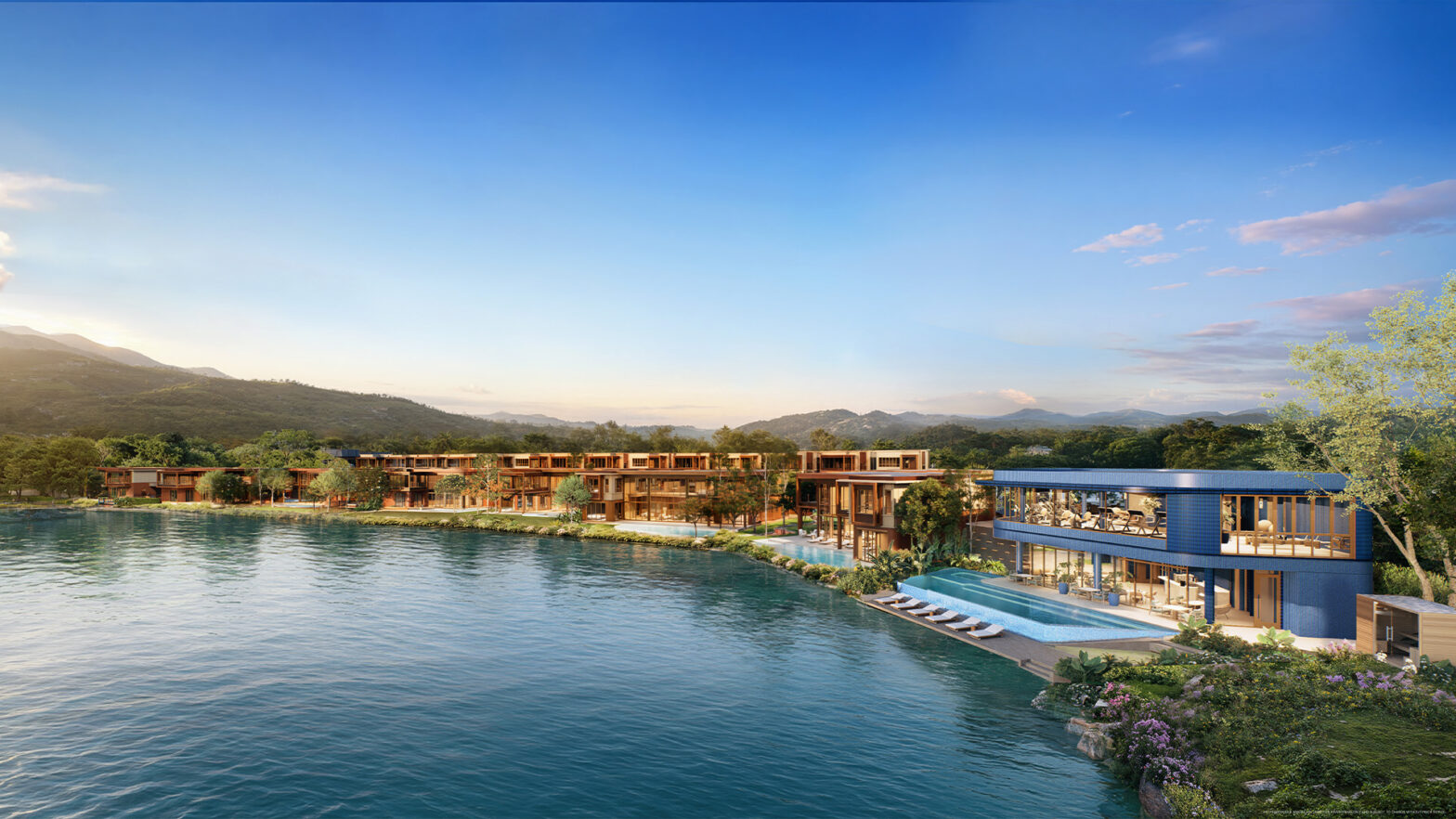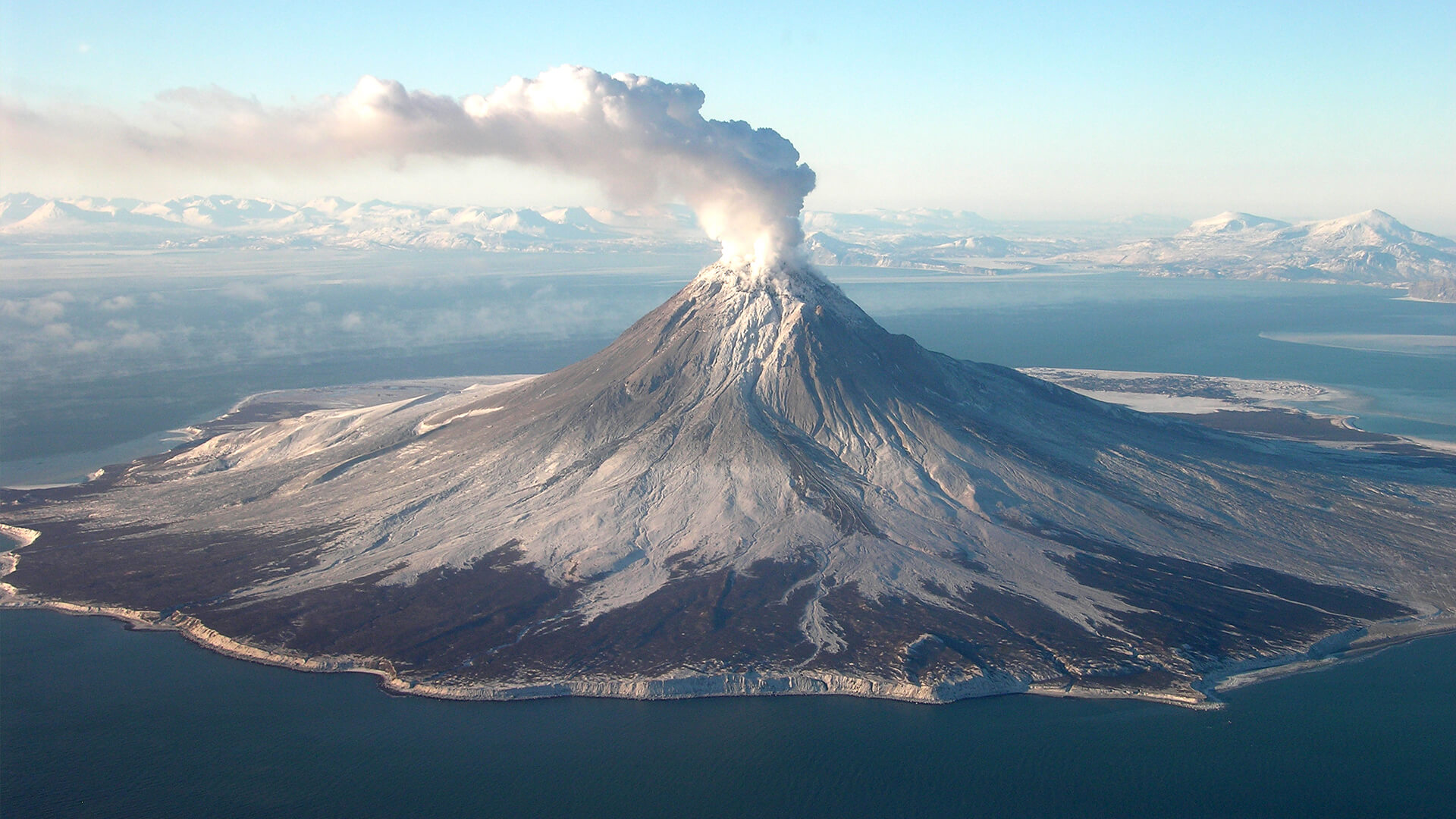
The Top 7 Most Stunning Volcanoes In The World
Dangerous, active, powerful and beautiful- volcanoes are some of the most awesome destinations in the world. If you are an adventure seeking traveller, visiting a volcanic attraction can provide the extreme challenge you might be looking for. Combining beauty and danger, there is nothing more thrilling than standing at the edge of a smoking crater. As one of the most stunning getaways available, the experts at Property Turkey have narrowed it down to the top 7 must-see volcanoes in the world.
1) Mount St. Helens, USA
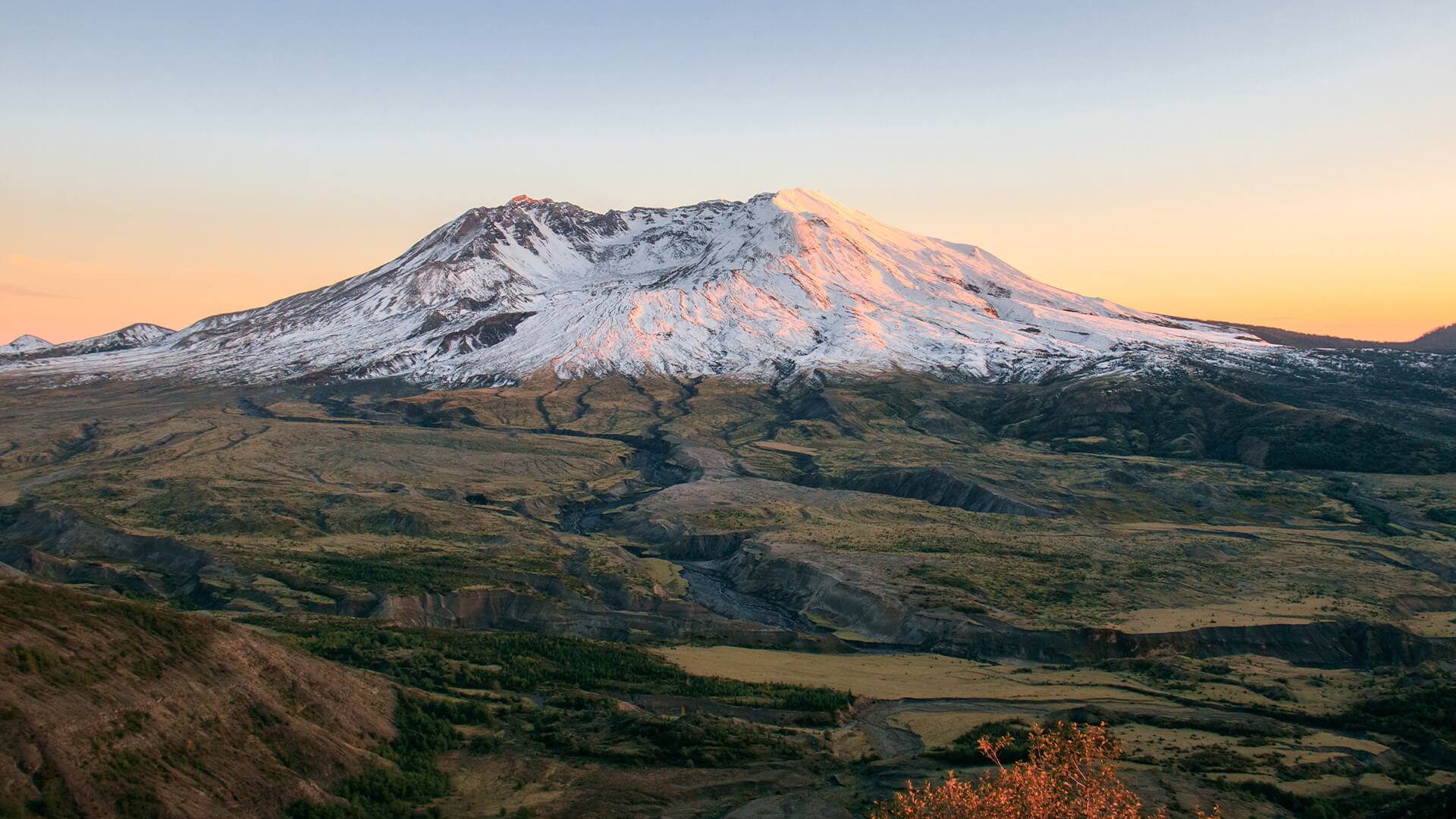
Located in the Pacific Northwest of the US, Mount St Helens is an active stratovolcano well known for its ash explosions and pyroclastic flows. Whilst it has been over 3 decades since this volcano last erupted, Mount St Helens is famous for its 1980’s explosion which severely damaged the US economy. Within 15 minutes, a vertical plume of volcanic ash rose over 80,000 feet and a volcanic ash cloud remained for 15 days after. Although challenging, this climb can be achieved for by people in good physical health and will take approximately 7-12 hours.
2) Mount Etna, Italy
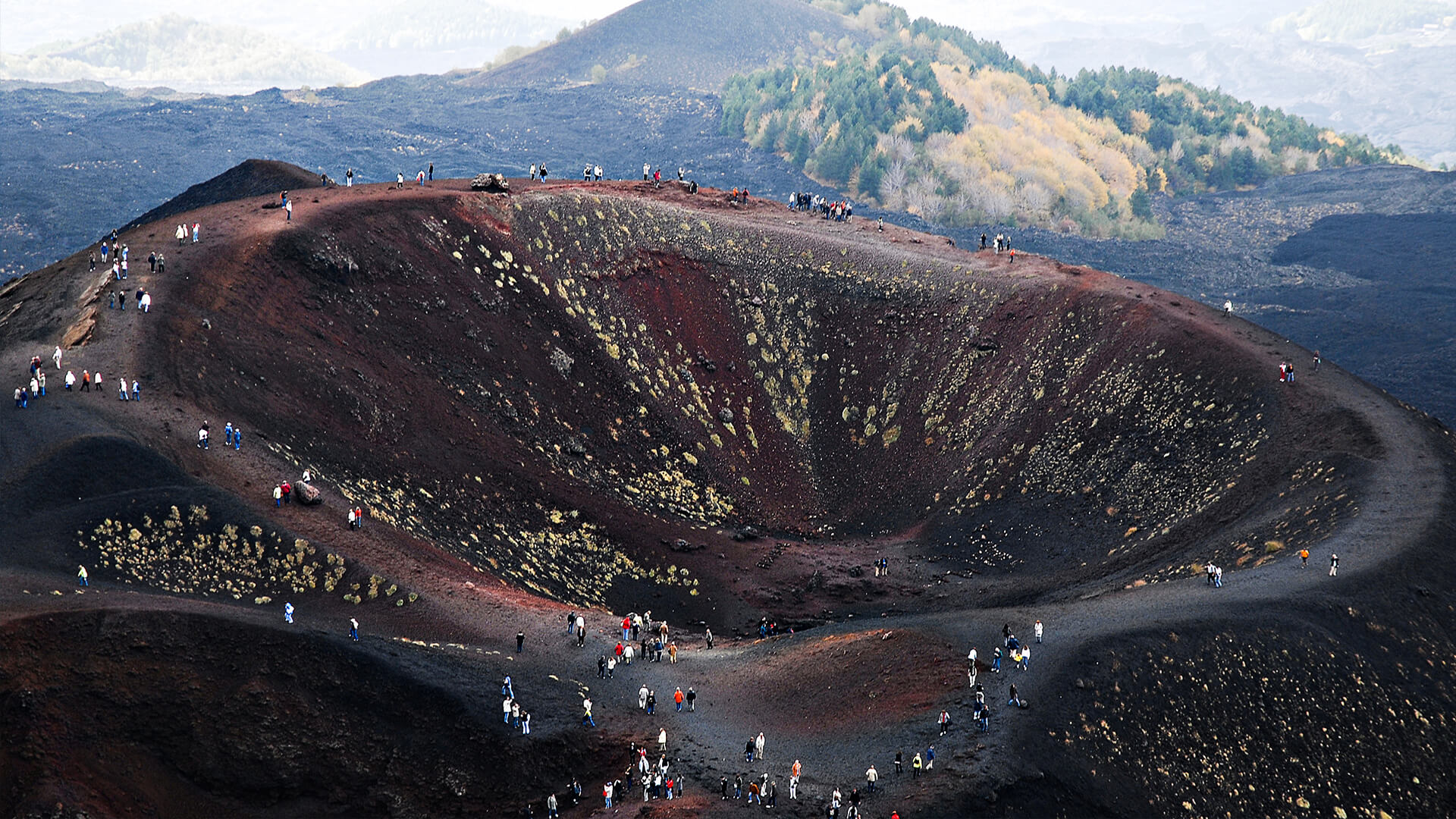
As one of Sicily’s most famous attractions, Mount Etna is Europe’s most active volcano. Whilst it is not Europe’s highest volcano, with a height of 3350 meters, it has the largest base circumference of approximately 150km. Studies have found that this volcano has been active for over 2.6 million years, supporting surrounding agriculture and vineyards with its fertile soil. The hike to the first main crater only takes 1 hour 30 minutes, but you can also take a four-wheel drive through Mount Etna’s volcanic caves and lava fields if you don’t want to climb.
3) Eyjafjallajökull, Iceland
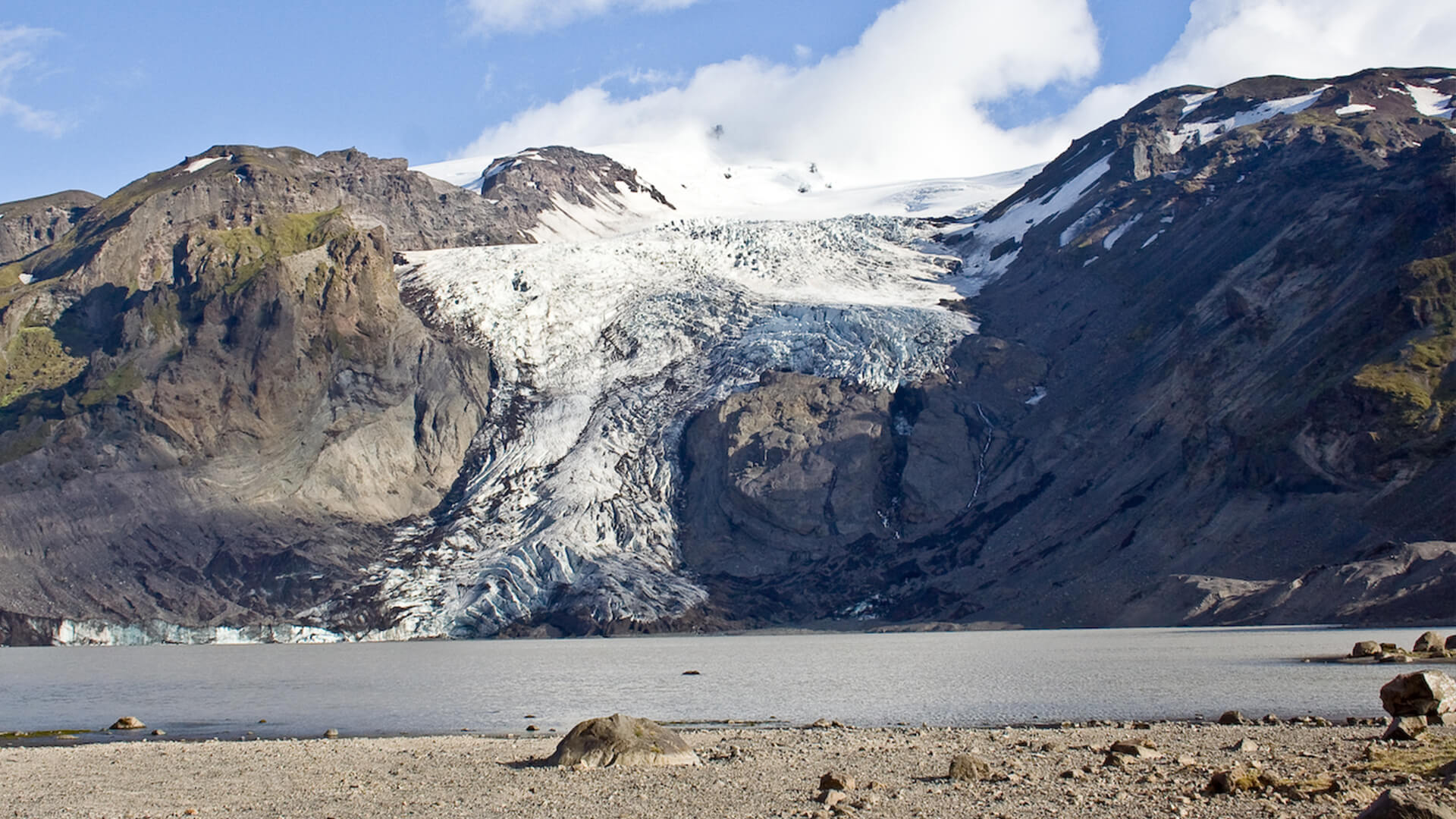
Eyjafjallajökull (pronounced ay-yah-fyad-layer-kuh-te) is a glacier volcano situated in the raw and rich beauty of the Icelandic countryside. Famed for the chaos it caused to European travel following its 2010 eruption, this stratovolcano reaches the height of 1661 metres and a crated of 4km wide. Taking approximately 8 hours to climb, this is an all-day excursion with break-taking views of the South Coast and Þórsmörk valley in the Highlands.
4) Mount Vesuvius, Italy
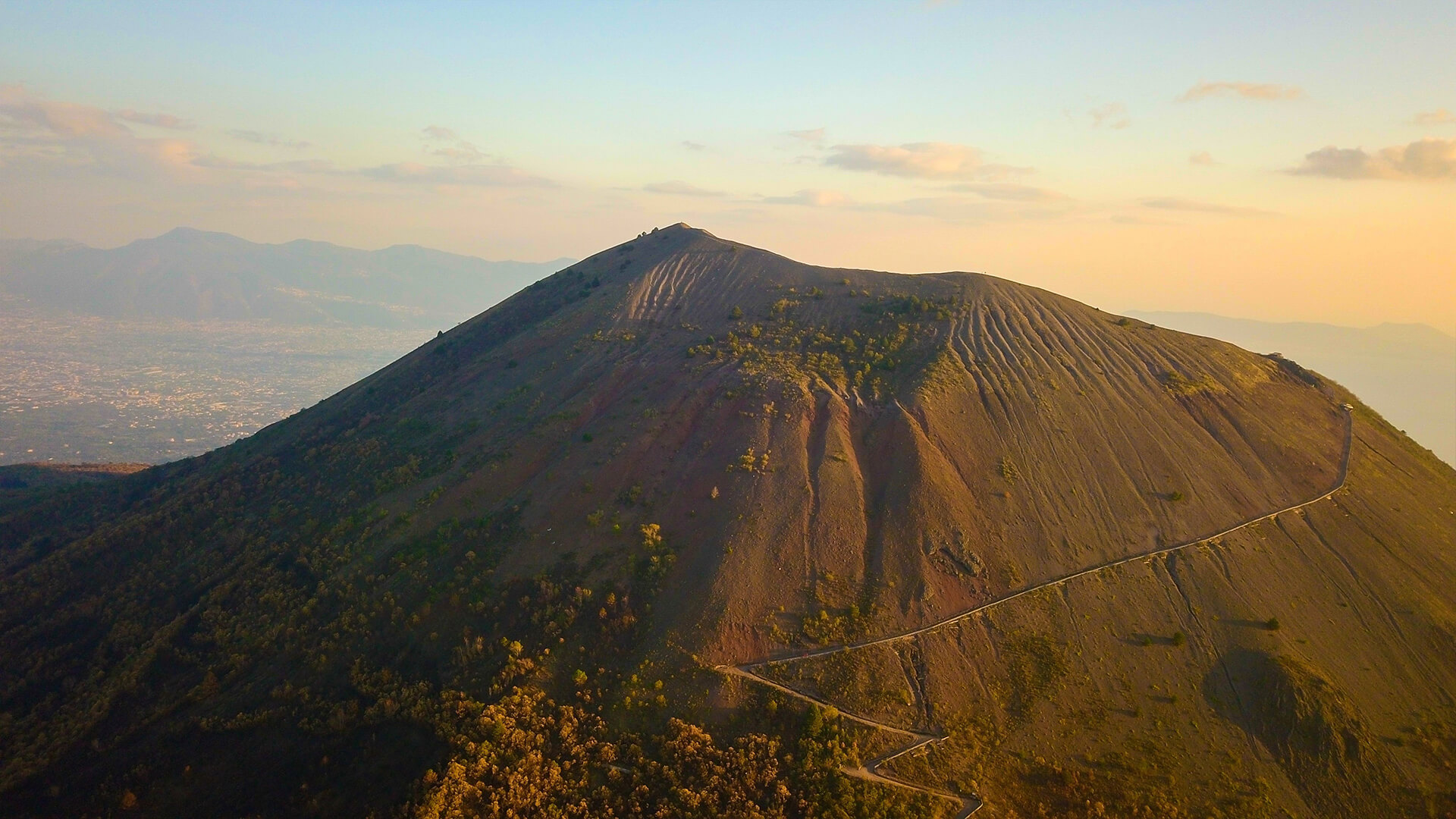
Regarded as one of the world’s most dangerous volcanoes, Mount Vesuvius was formed in Naples by a collision between two tectonic plates (the African and the Eurasian). Although the volcano has not erupted since 1940, Mount Vesuvius still produces a very real threat to the two million people in the immediate vicinity around it. Volcanologists state that its volcanic activity is difficult to predict and state that if this volcano were to erupt randomly, it could wipe out the entire city of Naples. Despite this, thousands of tourists visit the volcano every year to witness its large cone-like peak and the lava flows which have scarred the slopes.
5) Mount Fuji, Japan
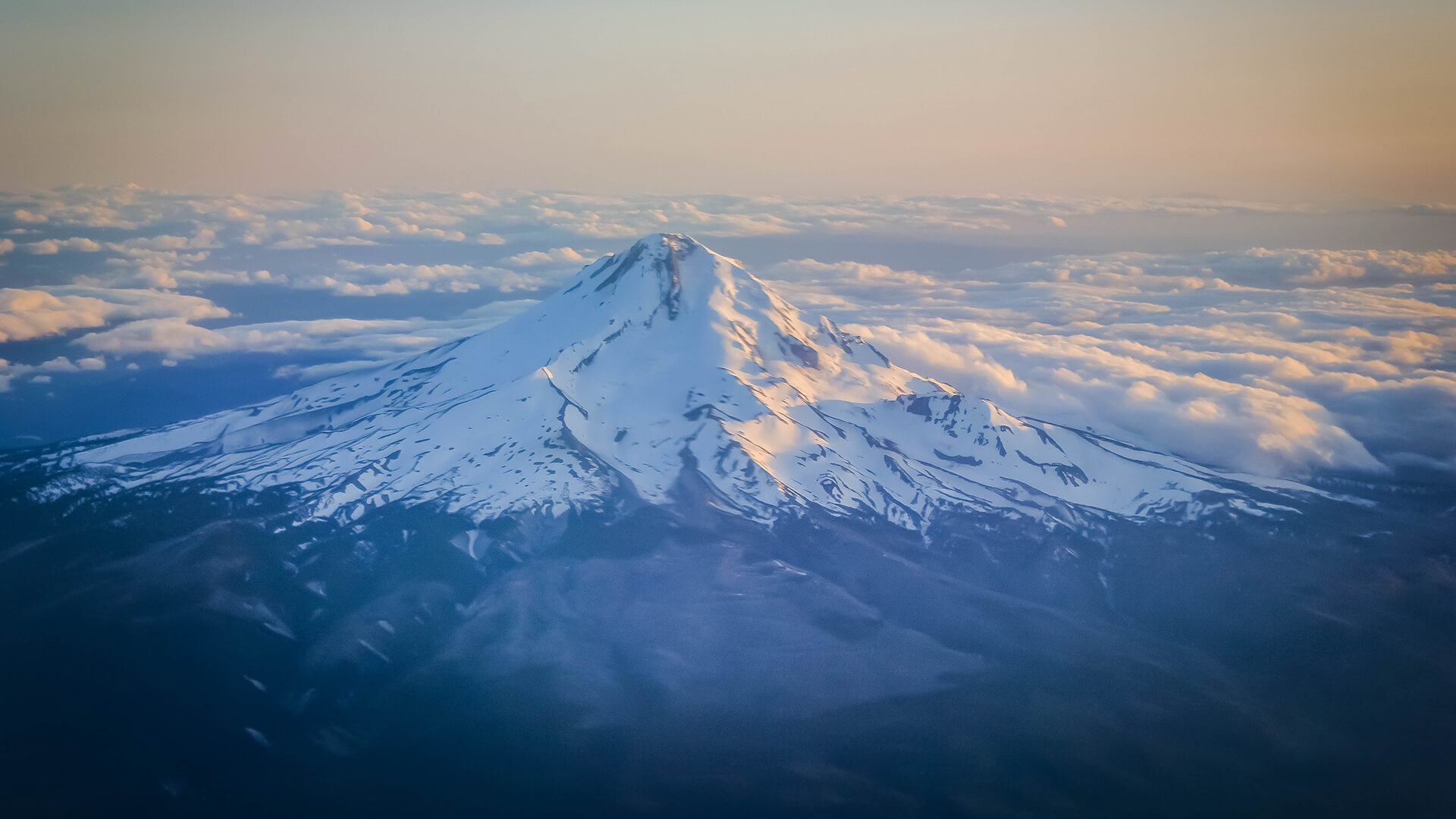
Mount Fuji is the second highest volcano in Asia (after Mount Kerinci), with a height of 3376 meters. It is famed for its perfect cone shaped peak, making this a worshipped mountain for many of the Japanese. Whilst it is a relatively easy climb up to the top, the entire trip to the peak will take 2 days with a 5-8 hour ascent and a 3-5 hour descent. It is recommended to climb the mountain between July- September as the weather is relatively mild and the mountains stunning cloudy forecast will be easier to navigate through.
6) Mount Ararat, Turkey
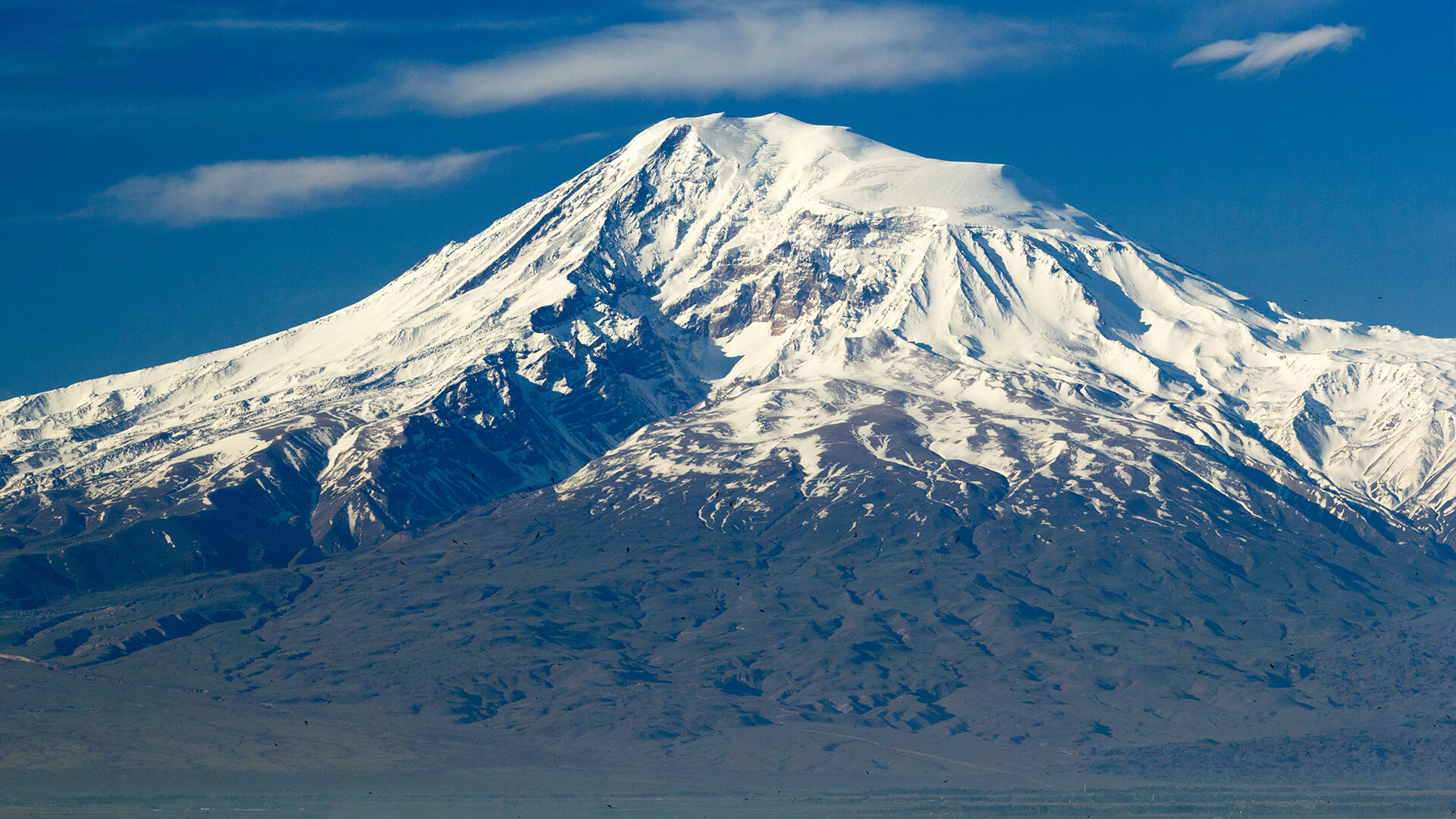
Mount Ararat is a beautiful mountain with two peaks, legendarily described in the Bible as where Noah landed his Ark. Whilst this is a dormant volcano, with its last explosion in 1840, its magnificent height of 5137 meters and its snow-capped peaks make it a sight to see. However, this is a climb for experienced hikers only as the total trip can take between 5-8 days to complete. Crampons are also needed to tackle the snow and steep areas of the mountain. This climb should not be taken lightly – ‘Ararat’ does translate to ‘Mountain of Pain’ after all!
7) Arenal Volcano, Costa Rica
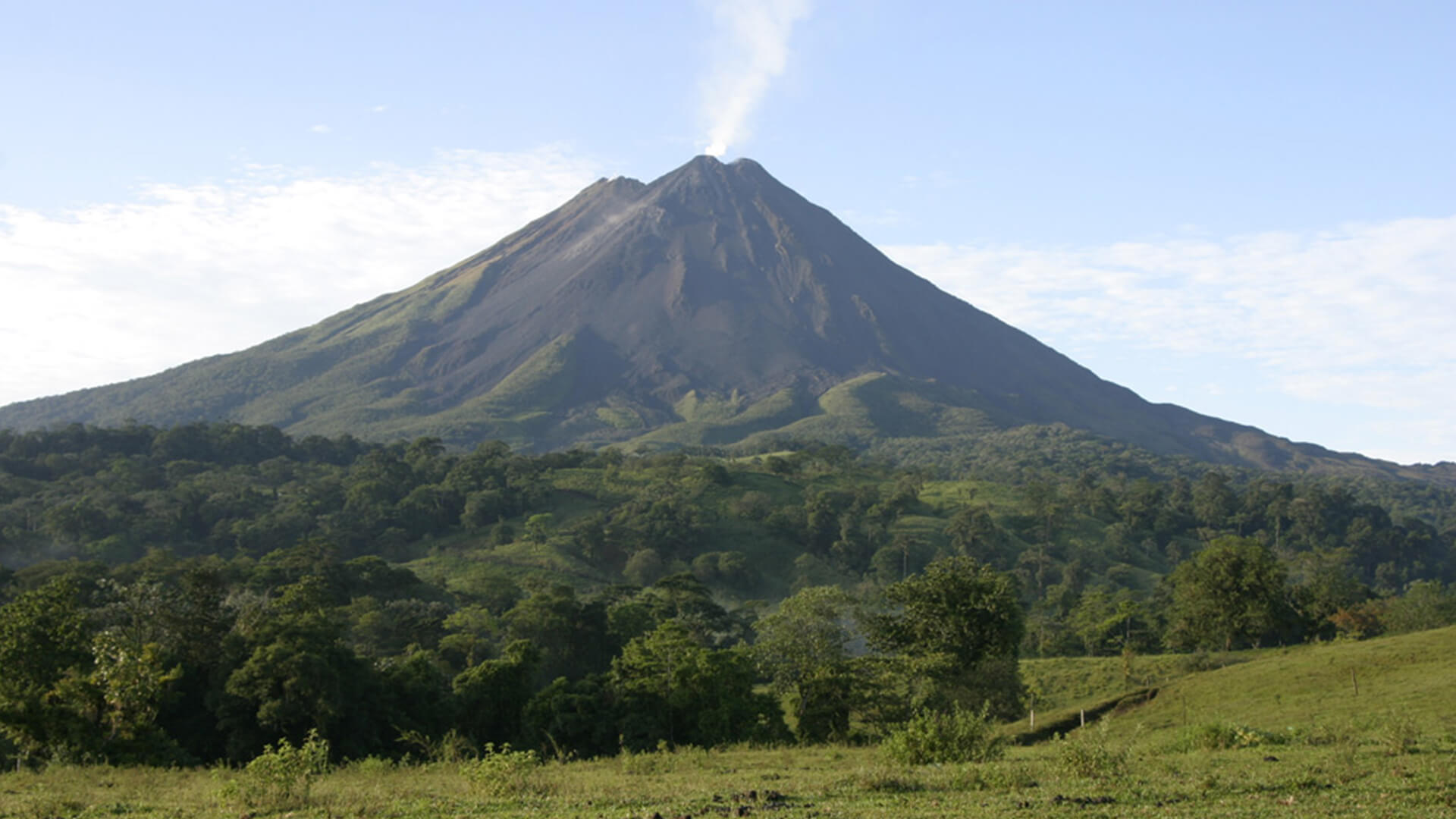
Located in the fertile lowlands of north-western Costa Rica, Arenal Volcano is the country’s most active volcano. With an abundance of lava, gas and ash to see, visitors are never left disappointed during their visit. Whilst it is prohibited to climb Arenal Volcano, you can awe at its perfectly symmetrical shape and enjoy the stunning surrounding scenery of greenery, lakes and rivers. Whilst walking round the base of the volcano, you can go through the rainforest and multiple old lava fields to experience a true natural phenomenon.











